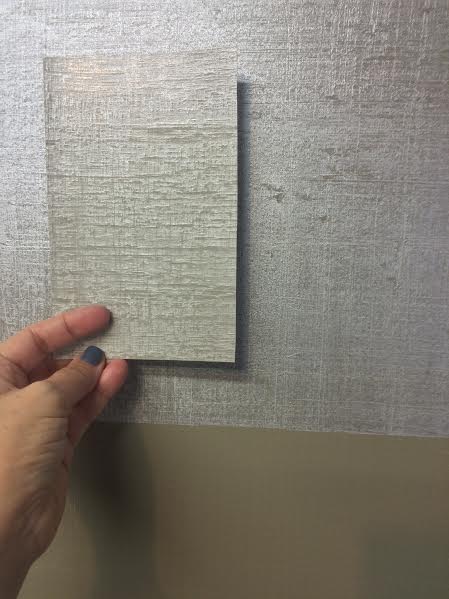Nothing can pull a room together like a decorative wall. When it comes to making a decision about what to do for your own walls, it can be a bit overwhelming. Many people choose to apply a textured or patterned wall, but how do you know what choice to make for your own wall? What type of finish is best for a patterned or textured wall? Wallpaper can be inexpensive and easy to apply, but also offers a variety of limitations. We have compiled a list of reasons why skipping wallpaper and moving onto a designer applied faux finish is the way to go for your ceilings or walls.
Wallpaper can look cheap
If you want a high end look, wallpaper is not the choice for your home. You can be the best wallpaper applicator in the world and still be unable to hide those seams. Applying a decorative finish is seamless and has no transitions. It has an elegant and full look.

Many types of wallpaper can be duplicated using faux finishes, but without impurities like seams. Glass bead wallpaper is a great example. It is nearly impossible to apply glass bead wallpaper without displaying seems where sheets intersect. By applying a glass bead treatment directly to the wall, there are no seams! In many cases, a faux design can be inspired directly from a wallpaper design, but applied in a way that is more permanent and of a better quality.


Faux finishes are typically more durable
Eventually, most wallpaper adhesives can weaken over time. The corners can start to dog ear and the seams will likely peel. Another factor that needs to be considered is the environment that wallpaper is applied in. Any areas of the house that are subject to temperature fluctuations and moisture can decrease the life of your wallpaper, making bathrooms, kitchens, and even basements a poor candidate. Most designer applied decorative materials are not as sensitive to these environmental factors or can be sealed to prevent moisture damage. Wallpaper is at a higher risk of stains and water damage than an applied finish. In addition, wallpaper can not always be seamlessly repaired. In some finishes, additional wear and tear actually adds to the authenticity of the look.
Wallpaper designs are limited
There are a lot of options out there for wallpaper, but they are limited. Typically, by choosing wallpaper your style options are limited to what has been predesigned and printed in manufacturer swatches. By opting out of wallpaper and into a designer applied decorative finish, the options are only limited to your imagination. Any color, pattern, or texture can be created specifically for you and customized to fit into your own space. You can even match color schemes down to exact colors of paint.
Faux as art
Finally, applying decorative faux finishes is more like applying art directly to your walls. The finish is absolutely one of a kind. You can work with a designer to create a finish completely unique to your home. Your wall is literally the only one in the world with that finish. How cool is that? Custom decorative finishes can certainly bring on the “WOW’ factor or they can be made to look subtle and blended. The point is that they can be anything you want them to be, because they are made for you